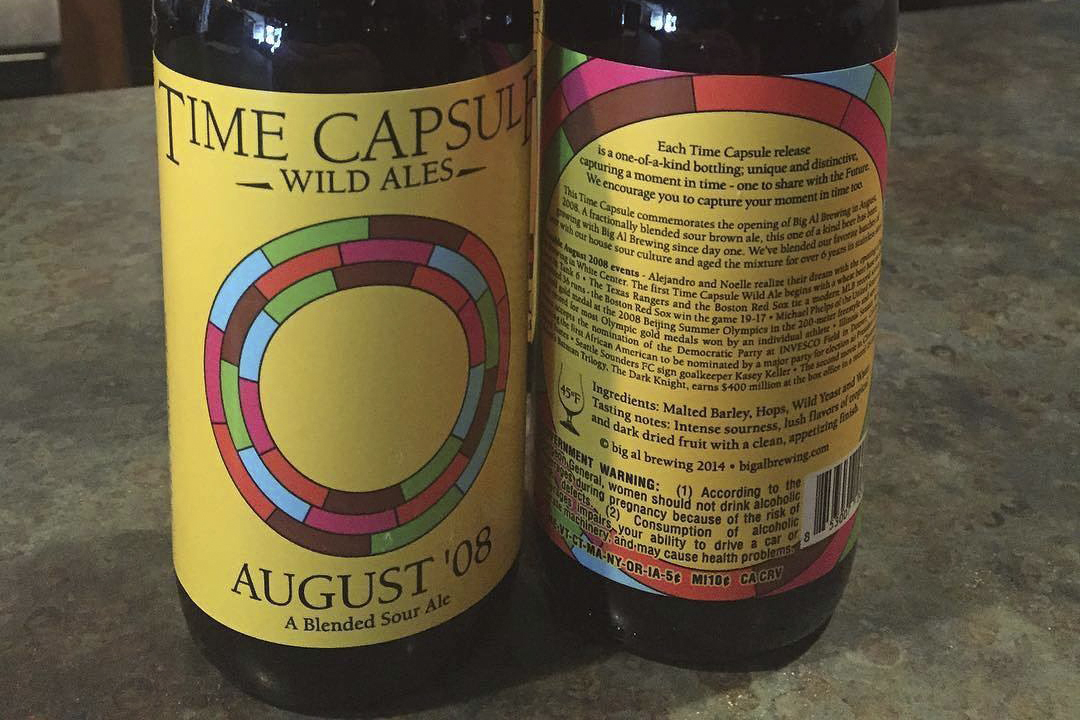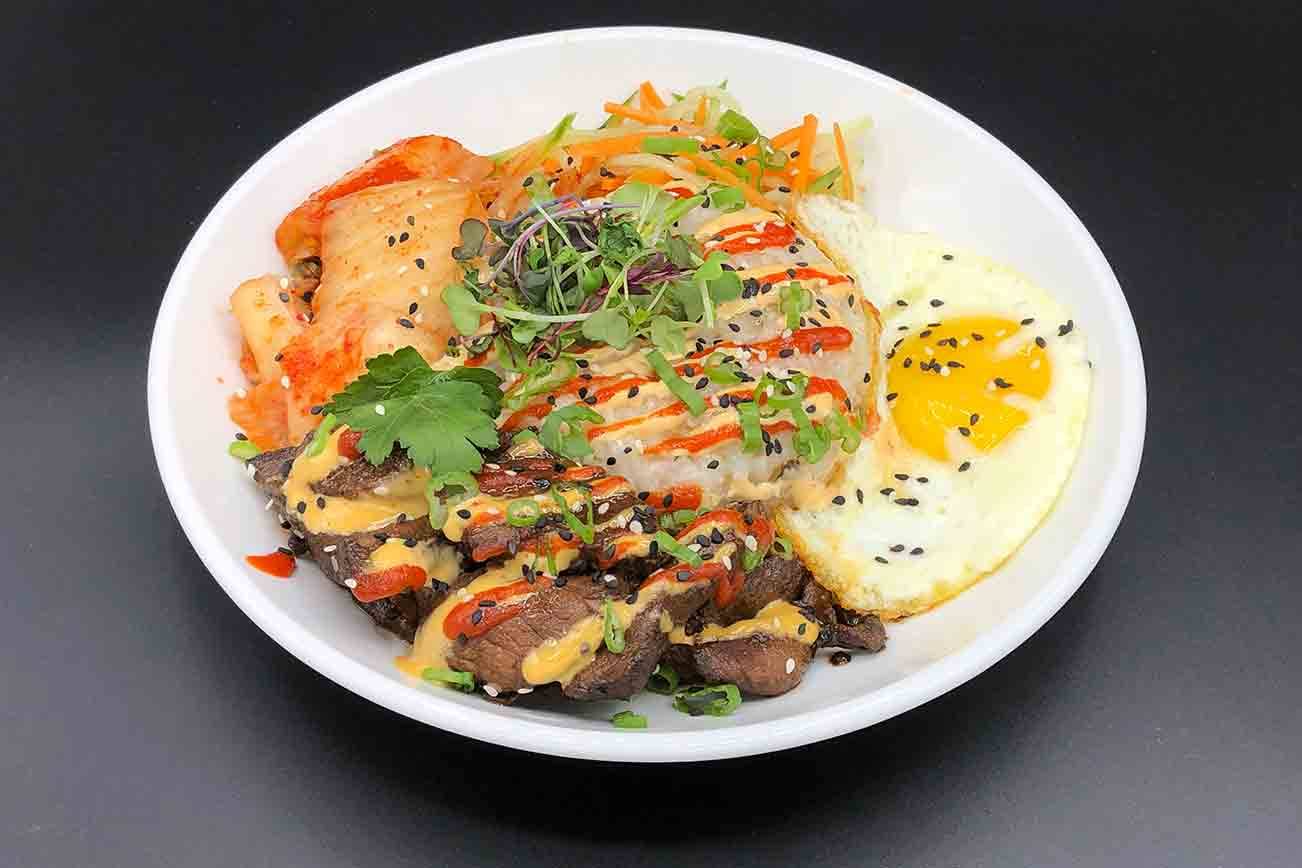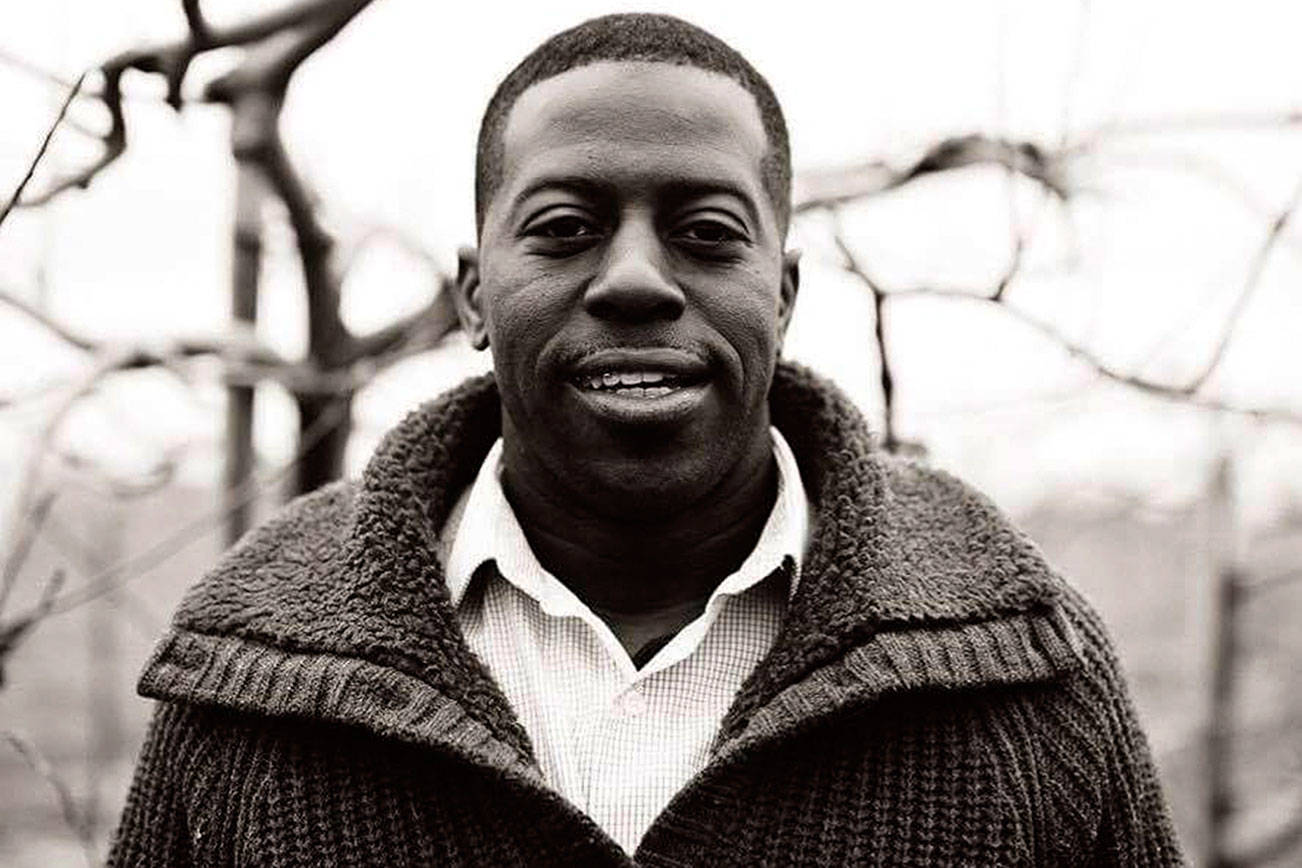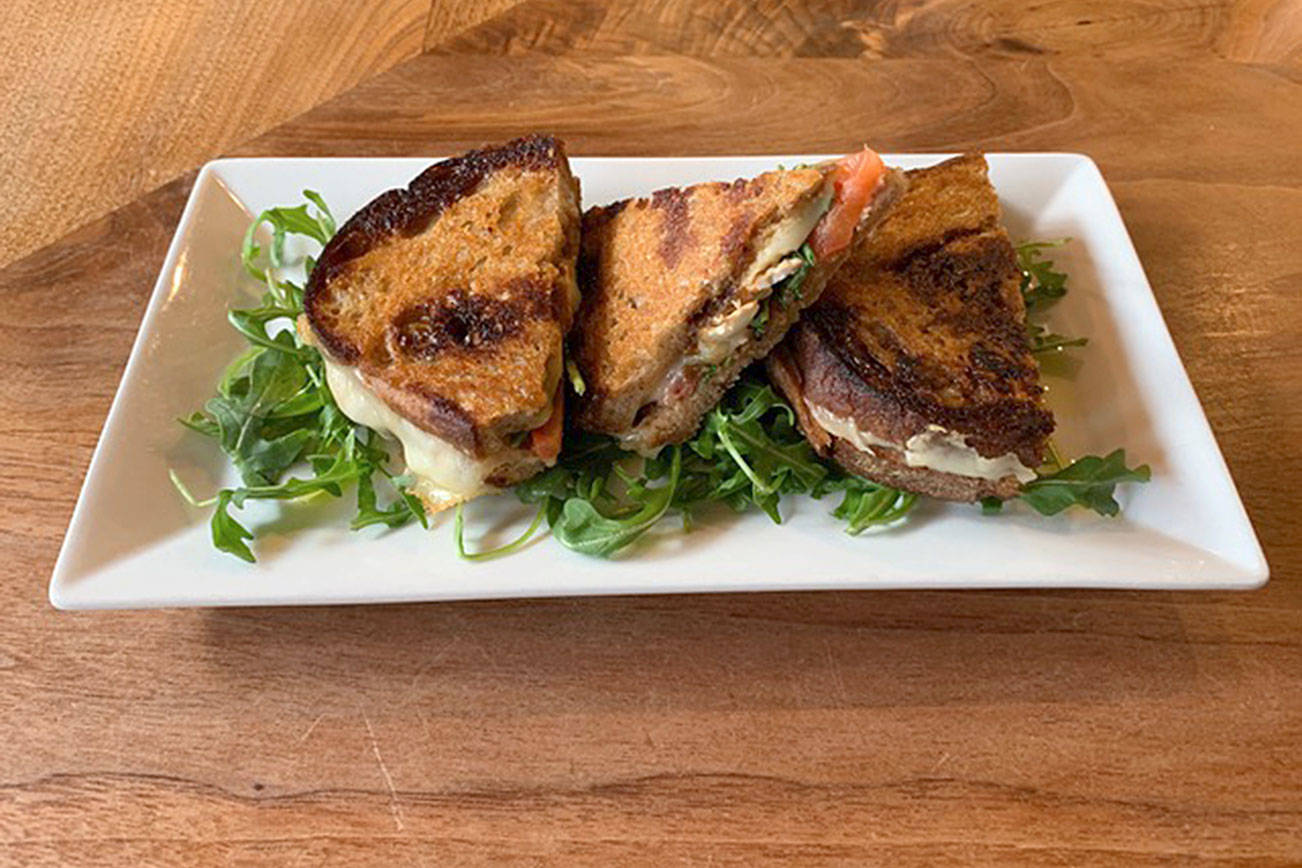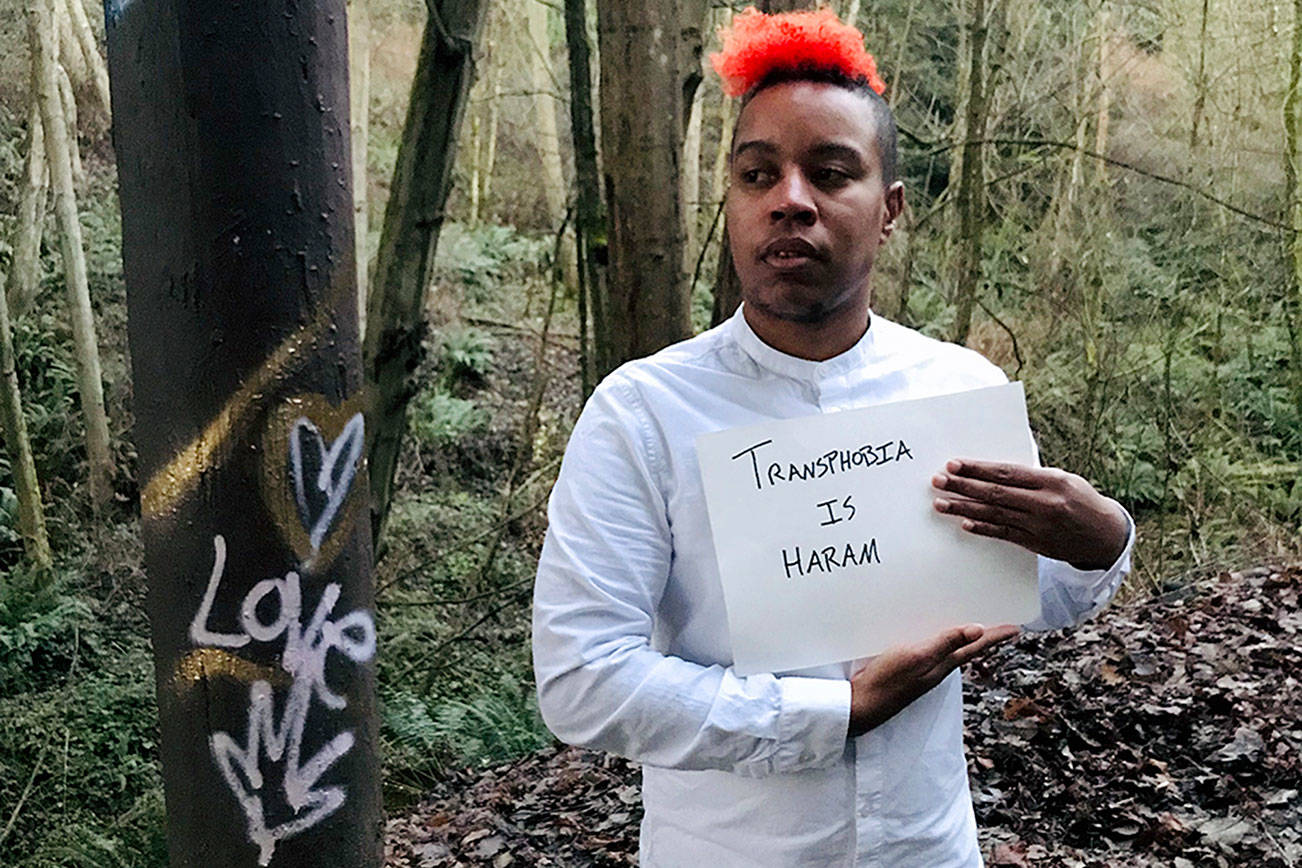There’s no getting around it: IPAs still reign supreme in the Pacific Northwest, even though at times it feels as though the hoppy movement has finally crested. However, something new is brewing in the craft-beer world: the rise of the sour ale.
Many brewers are embracing beer’s sour and yeastier side. Case in point: Big Al Brewery’s new Time Capsule August ’08 beer, a blended sour brown ale that’s part of their “Time Capsule” series. It’s a demanding, nuanced elixir that dances with flavor, but doesn’t have the same logy body that so many IPAs do–it’s dry, effervescent, and puckery.
Let’s take a moment to refresh our history of sours. The world’s first beers, sours have a complicated past. When the brewing process began hundreds of years ago, all beers were sour to a degree. Before cleanliness was prioritized, cultures would enter the brewing process and ferment the brew to such a degree that it would taste overly acidic. Sour beers, traditionally brewed in Belgium but now available almost everywhere, historically take years to ferment and develop their flavor. The “wild” sour utilizes yeast and bacteria (that if unchecked can harm neighboring beer-brewing) instead of or in addition to brewers’ yeast.
More recently, though, “kettle sours,” made in brew kettles and different from traditional Old World wild sours, are becoming more prevalent. Found in many breweries today, they take only two weeks to create but use the same sort of bacteria as Old World sours. The brewing method is different: In traditional sours, microbes that turn sugar to acidity are added after the beer has fermented; in kettle-souring they’re added before, then the mixture is boiled and the souring agent is killed, making this process even safer for neighboring beers. But kettle sours, many say, are weaker and less nuanced. In other words: cheaper.
“I call them cheater sours,” says Robby Bessey, a co-owner of Edison City Ale House in Tacoma who also works at Chuck’s Hop Shop in the Central District. “You can make them quickly and cheaply but they’re not nearly as sophisticated or complex.”
Reuben’s Brewery in Ballard, which opened in 2012 and practices “balance” in its beers above all else, is known for the smooth Crikey IPA. But Adam Robbings, co-founder and head brewer, says that if he were to start a brewery today, he would “aim for something like a pilsner, oak-fermented saison, dry-hopped sour, milk-stout, and an IPA,” adding they’d all have a “unique twist.” “I’m not aware of any brewery that has seen their IPA [sales] fall over the last six months,” says Robbings, “[but] people are starting to like sours more… . They’re a small part of the industry still … but they are growing fast.”
If you’re looking to test–or solidify–your palate’s proclivity for sour ales, you can visit (among others) the Beardslee Public House in Bothell, which just released a new cherry sour; or Fremont’s Brouwer’s Café, which always carries a handful of sours on their massive tap list, like the Petrus aged red sour.
beerhunting@seattle weekly.com
